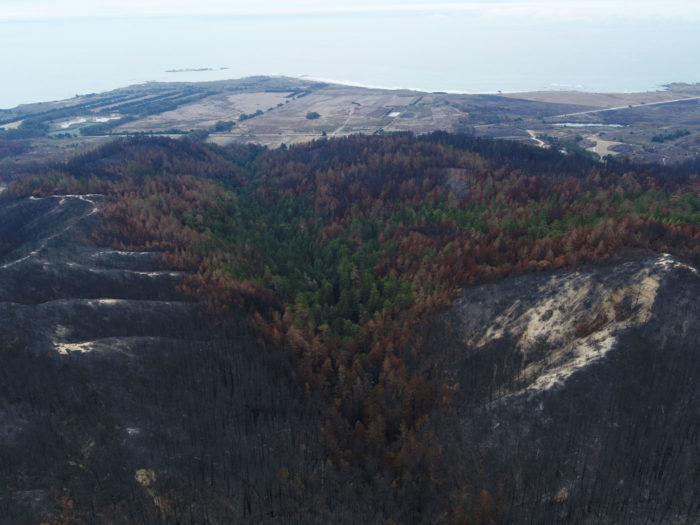
Save the Redwoods League has safeguarded the long-term health of a keystone forest with the December 2020 purchase of the Cascade Creek property, home to old-growth and mature second-growth redwoods in the Santa Cruz Mountains. The acquisition creates continuous habitat from the mountains to the Pacific Ocean within the ancestral territory of the Quiroste Tribe.
The CZU Lightning Complex burned through the entire Cascade Creek property in August 2020, but most of the coast redwoods appear to have survived, and the forest is already showing signs of recovery. In partnership with Peninsula Open Space Trust (POST), the League moved forward with the purchase because of the forest’s high ecological value. By connecting Big Basin Redwoods State Park with the coastal prairies, wetland marshes, dune fields, and ocean bluffs of Año Nuevo State Park, it provides contiguous habitat for myriad native wildlife species, including mountain lions, black-tailed deer, bobcats, coyotes, gray foxes, and ringtails, as well as raptors and songbirds. Protection of this property is crucial for the biodiversity and long-term ecological health of lands that have been recently impacted by wildfire.
Cascade Creek After the Fire
In 2020, California more than doubled its record number of acres burned in one year. This year’s wildfires covered more than 81,200 acres of coast redwood forests of varied ages, approximately 4.9 percent of the total redwood range. Out of just 117,679 acres of old-growth redwood forest remaining in the world today, more than 11,178 acres experienced fire, which is about 9.5 percent of the ancient footprint. Climate change and fire exclusion for more than 150 years have resulted in more high-severity wildfires in California. As a result, fire-adapted redwood forests are facing an unprecedented test.
Mature coast redwood trees have exceptionally thick bark that insulates them from heat and fire. Even if fire consumes their crowns, which is lethal for most conifers, the trunk of a redwood can sprout back to life. Second-growth forests, which make up 93 percent of the coast redwood range today, grow more densely, and the trees have not had as much time to develop thick bark, putting them at higher risk.
“This year’s fires have amplified our need to protect the coast redwood forest. We need resilient habitat in the face of a changing climate,” said League President and CEO Sam Hodder. “Cascade Creek contains substantial old-growth and mature second-growth redwoods, a forest that—once recovered—will be a refuge of green, carbon-rich stability in a fire-impacted landscape.”
“While the forest may look rough for a few years, almost all of the coast redwoods within the Cascade Creek property appear to have survived the CZU Lightning Complex fires,” Hodder continued. “The ferns, sorrel, and other understory plants are already sprouting back, even in advance of the winter rains. The redwood trees are sprouting fluffy green stems up and down their trunks and along their branches. This quick regeneration forms a stable foundation on which the broader forest habitat recovery will build.”
The League’s initial rehabilitation efforts at Cascade Creek will protect Chalks Road and the creekside trail from erosion and hazards. Longer term, the League will focus on bolstering natural recovery wherever possible. This means managing invasive species, monitoring natural regeneration of the forest, and planting on an enrichment basis where natural regeneration is not adequate.
“This year’s blazes underscore the critical need to protect our redwood forestland and invest in science-based forest stewardship now,” Hodder said. “This work will protect California’s redwood forests—and our neighboring communities—to ensure the collective resilience of our forests and people in the years to come.”

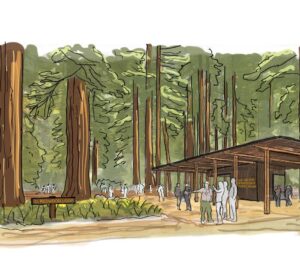

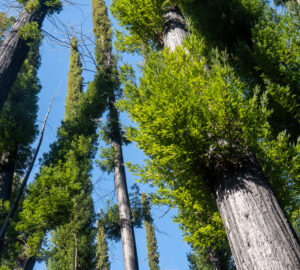
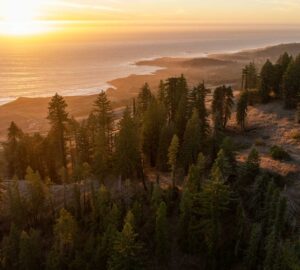
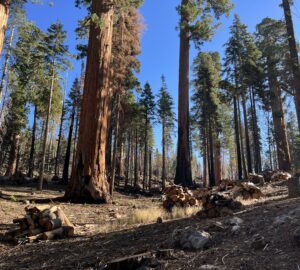
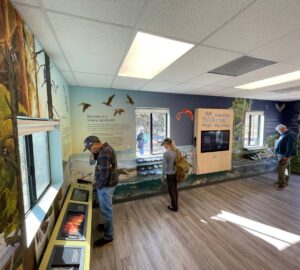
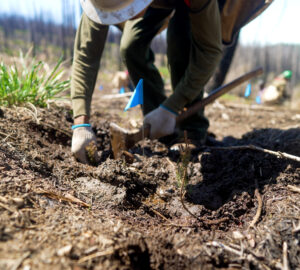
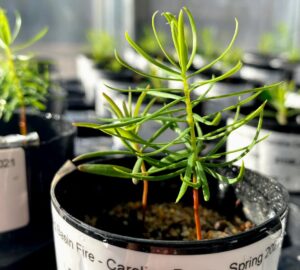
10 Responses to “Cascade Creek: The future resilience of a fire-impacted landscape is secured”
Dylan S Wright
Love to see this video and the proactive approach you all are taking to preserving these lands!
Philip
Thanks for the update! Looking forward to good news in future posts.
Janet Robinson
I don’t live in CA and I probably will never visit any of these areas but I’m so happy that you are able to protect these beautiful redwood forests.
Greg Huber
How severely was Avenue of the Giants affected by the 2020 fires?
Similarly – what about Rockefeller Forest and the Matole Road area – how badly were they affected by the fires?
Save The Redwoods League
Hi Greg, we are not aware that any of the fires burned near or in Ave of the Giants, the Mattole, or Rockefeller Forest. That far north, the fires were all to the east and outside of the redwood range. This online fire map has all the 2020 wildfire perimeters on it and will let you interactively explore the area that encompasses Humboldt Redwoods State Park and surrounding lands. We hope you’ll find this resource helpful!
Sarah
What different kinds of animals live in the Redwoods?
Save The Redwoods League
Hey Sarah, you can learn more about wildlife in the redwood forests and other fun forest facts on this interactive page.
Richard Otter
It would be nice to see a map of the area with the acquisition.
Save The Redwoods League
Hi Richard, here’s more info about Cascade Creek, including a map. Hope that helps!
Tom Lincoln
Great video and very inspiring! An optimistic end to an otherwise crappy 202!
One small thing: there is a typo on the “Donate” slide at the end (“Dontate”)
Keep up the great work.
Tom Lincoln
Massachusetts (where we have only Dawn Redwoods…)